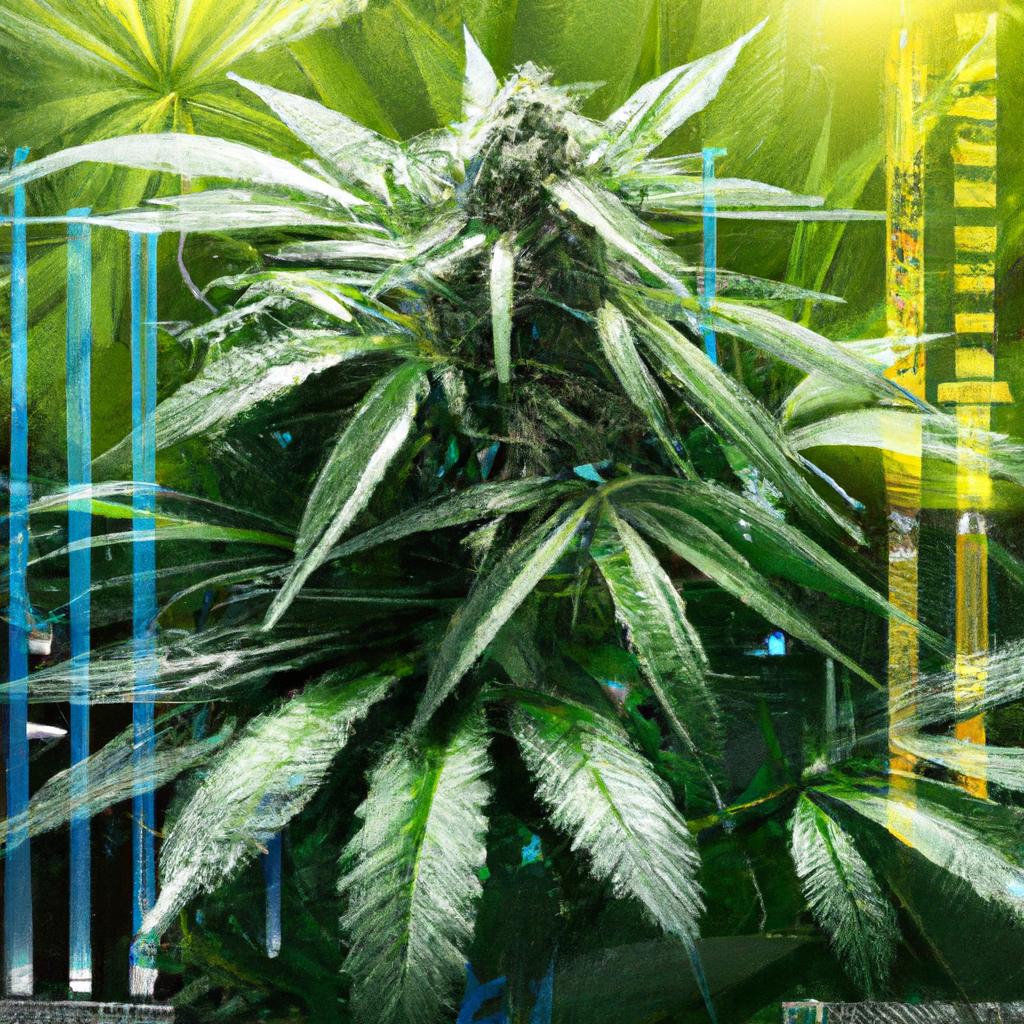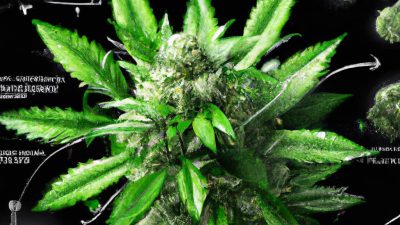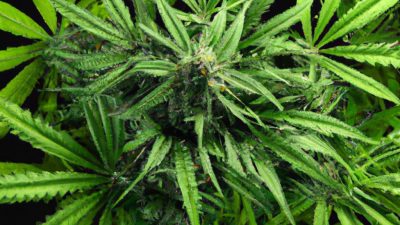
Comparing Hydrocarbon to Solventless: What’s the Tradeoff?
As the cannabis industry rapidly evolves, understanding the nuances of cannabis extraction technologies becomes essential for cultivators, producers, and enthusiasts alike. Among the plethora of extraction methods available,hydrocarbon and solventless extraction dominate the conversation-each bringing its own benefits and compromises. This article delves into the tradeoffs between these two popular techniques and how they fit within the broader context of cannabis science and post-processing.
Introduction to Cannabis Extraction methods
Cannabis extraction is the process of isolating valuable cannabinoids, terpenes, and other compounds from the cannabis plant. These extracts are then formulated into concentrates, oils, or edibles. Extraction not only impacts potency and flavor but also the safety and purity of the final product.
Two main types of extraction dominate the market today:
- Hydrocarbon Extraction: Using volatile hydrocarbons like butane (BHO) or propane to pull compounds.
- Solventless Extraction: using mechanical or physical means without chemical solvents, such as ice water or heat and pressure.
hydrocarbon Extraction: The Technology and Benefits
Hydrocarbon extraction employs gases like butane or propane under pressure and low temperature to dissolve cannabinoids and terpenes from the cannabis plant matter. This method is renowned for its ability to deliver rich, flavorful, and high-potency concentrates.
Key Advantages of Hydrocarbon Extraction
- High Potency & Purity: Efficient cannabinoid and terpene extraction yield concentrates like shatter, wax, and live resin.
- Flavorful Profiles: Low-temperature extraction preserves sensitive terpenes, maintaining the aromatic character.
- Scalability: Well-suited for industrial and commercial-scale production with automated processing equipment.
However, hydrocarbon extraction requires specialized equipment such as closed-loop extraction systems to safely handle volatile solvents and rigorous post-processing to purge residual solvents, ensuring safety and compliance.
Solventless Extraction: The Natural Option
Solventless extraction harnesses mechanical or physical methods-like ice water agitation, sifting, or rosin pressing-to separate cannabinoids and terpenes without introducing chemicals. This “clean” method is growing in popularity among consumers looking for natural and additive-free cannabis products.
Benefits of Solventless Extraction
- Chemical-Free: No solvent residues risk, making it appealing for health-conscious users.
- Preservation of Live Plant Attributes: Maintains natural cannabinoid and terpene ratios.
- eco-Friendly & Safe: Reduced environmental impact and low risk of explosion or contamination.
common solventless products include bubble hash, dry sift, and rosin-each requiring different levels of skill, quality raw material, and equipment sophistication.
The Tradeoffs at a Glance
Choosing between hydrocarbon and solventless extraction boils down to balancing factors like potency, flavor, safety, cost, and user preference. Below is an overview comparing critical metrics:
| Aspect | Hydrocarbon Extraction | Solventless Extraction |
|---|---|---|
| Extraction Efficiency | High – extracts majority of cannabinoids & terpenes | Moderate – depends on technique and starting material |
| Potency | Very high (~70-90% THC) | High (~50-70% THC) |
| Flavor/ Terpene Profile | Rich when using low-temperature techniques | Very natural,often fresher aroma |
| Safety & Regulations | Requires solvent purging & compliance with safety standards | Minimal safety concerns,no solvents involved |
| Cost & Equipment | High initial cost & operational complexity | Lower equipment cost,but manual labor intensive |
| Environmental Impact | Uses volatile hydrocarbons; requires ventilation & solvent recovery | Low - no chemical use,low energy consumption |
How These Methods Fit into the Cannabis Industry
The complexity of cannabis post-processing and processing equipment reflects the sophistication of these extraction methods. Hydrocarbon extraction aligns with large-scale producers and regulated manufacturers looking to optimize yield and potency, while solventless extraction appeals to craft producers and niche markets emphasizing purity and artisanal quality.
As consumer demand evolves, many brands utilize hybrid strategies such as starting with solventless hash then refining through light solvent extraction, combining the best of both worlds.
Practical Tips for Cannabis Extractors and Consumers
For Extractors:
- Invest in Quality Equipment: Closed-loop hydrocarbon systems and proper purging apparatus are essential for safety and compliance.
- maintain Laboratory Standards: Regular testing for residual solvents and contaminants is key.
- Experiment with Techniques: For solventless, focus on optimizing trichome separation for purity.
- Understand Market Preferences: Cater products based on whether your consumers prefer potency or natural profiles.
For Consumers:
- Read Lab Reports: Verify purity and potency details before purchasing concentrates.
- Know Your Preferences: Solventless offers simpler, chemical-free experiences, while hydrocarbon concentrates are potent with diverse consistencies.
- Start Low, Go Slow: Especially with high-potency hydrocarbon extracts, start with small dosages.
Conclusion: Understanding the Balance
When comparing hydrocarbon to solventless cannabis extraction, the tradeoff hinges on choosing between maximum extraction efficiency with potent, flavorful concentrates or prioritizing solvent-free, natural cannabis expression. Both methods have revolutionized cannabis technology and science, driving innovation in post-processing equipment and product development.
Ultimately, the decision depends on your goals as a producer or consumer-whether that’s cutting-edge potency and scale or natural purity and artisanal craftsmanship. By understanding the intricacies of these extraction processes, stakeholders in the cannabis industry can make informed decisions that best align with safety, quality, and market demands.





